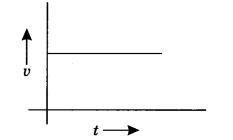Class 8 Frictions Important Questions
Class 8 Friction Important Questions What is friction? Given an examples of frictions? What are uses of frictions ? What is lubricant? Explain sliding friction is less than static friction ? Explain about the why objects moving in fluids must have special shapes ? What is rolling frictions ? What is sliding frictions ? Given an examples of sliding in frictions ? Given an examples of rolling frictions ? How can you reduce the frictions ? Is it speed affect of frictions ? What are they 4 ways increase the frictions What are factors affecting frictions ? Is the frictions the same for all the surface ? why is it difficult to walk on a smooth and wet floor ? when you strike a match stick against the rough surface , it ca...

